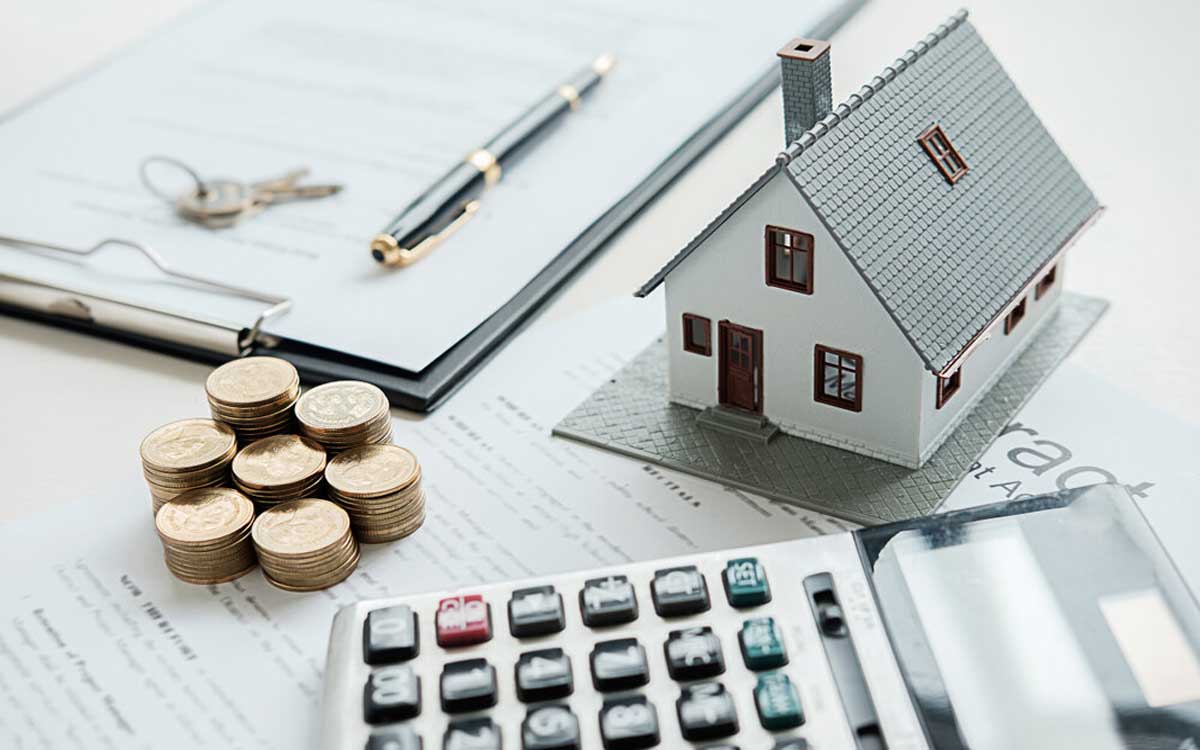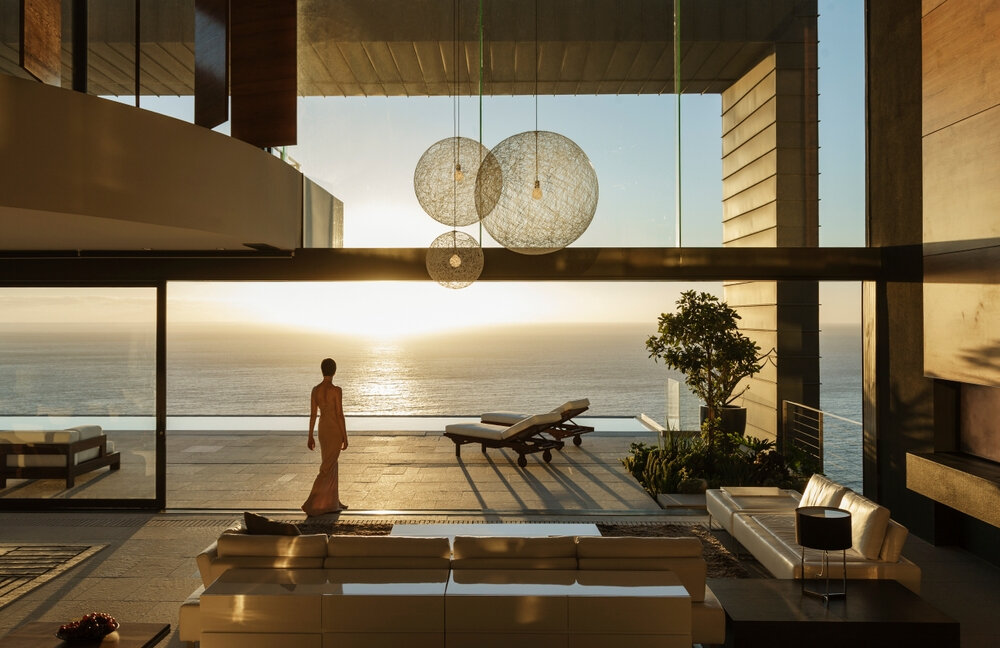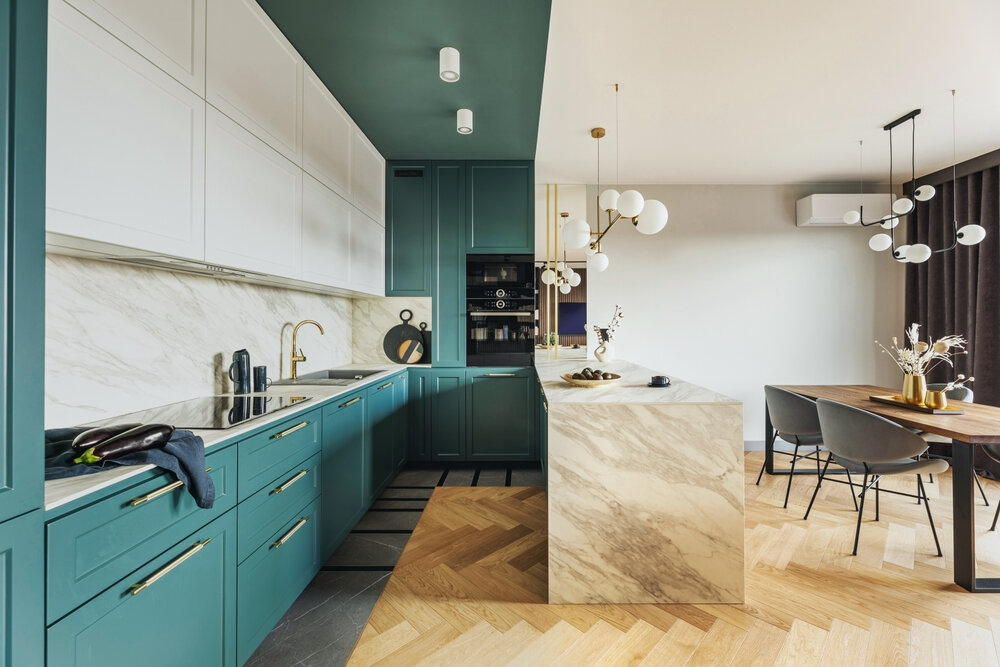Frequently Asked Questions
Popular Questions
What can we help with today?
Maximize Your Investment Potential
Get full value of your real estate investments with flexible financing solutions tailored to your goals.
Investment Lending Insights

An Introduction To Construction Financing
October 28, 2023
No Comments

Home Construction Loans Nevada
October 26, 2023
No Comments

Unlocking Construction Loan For Investment property
October 24, 2023
No Comments

Home Depot Construction Loans: Life-Changing Financing Options for Builders
October 19, 2023
No Comments
Smarter Loans, Stronger Investments
Secure the right financing to grow your real estate portfolio with confidence.
